Jasenovac
When Germany occupied the kingdom of Yugoslavia in April 1941, it was divided between Germany, Italy, Bulgaria and Hungary. The Republics of Croatia and Bosnia and Herzegovina formed a new state called the independent state of Croatia(NDH). But in reality it was everything but independant because it was the ultra fascist movement Ustasha under the leadership of the dictator Ante Pavelic who ruled the country with Germany’s good conscience. Like the germans, Ustasha set up concentration camps to imprison both ethnic and political opponents inside its borders.
About 100 kilometres south of Zagreb and right on the border with Bosnia (separated by the Sava River) lies a small village called Jasenovac, and there Ustasha established in August 1941 its largest and most infamous camp. The choice of Jasenovac was partly due to the fact that it was adjacent to an existing railway junction that made it easy to transport prisoners to the camp. The ground was also quite swampy, which made it difficult to escape and at the same time difficult to attack. The river Sava south of the camp was also an obstacle and the area was quite flat and thus easier to monitor. There was also an existing industry (brickworks, sawmills, mills, power plants) that could be taken over. Jasenovac was one of seven camps established in the area and it was named Jasenovac III - Brickworks. It became the largest camp and the prisoners were used as slave labor at the existing brickworks. Several barracks and buildings were established in the area and it was surrounded by a wall with watchtowers.
The camp was largely organized as the Nazi concentration camps but Ustasha called it labor camps instead of concentration camps. It was guarded and administered by Ustasha who ran all camps in Croatia without German directives. Ustasha sought a Croatia free from Serbs, Jews and Roma and it was mainly these who were brought to Jasenovac. The conditions in Jasenovac were as primitive and devastating as in any Nazi camp. Lack of medicines, food, inadequate housings, overcrowding and the spread of contagious diseases contributed to a high mortality among prisoners. The Croatian guards were perhaps, if possible, more brutal than their Nazi counterparts and could arbitrarily murder prisoners.
In order to realize a ethnical pure Croatia, an execution site (Donja Gradina) was established on the other side of the Sava River. There were no gas chambers in Donja Gradina, instead the prisoners were murdered with weapons such as hammers, axes, bludgeons, swords, pitchforks, knives or hanged in trees. The bodies were buried in mass graves. In April 1945, Yugoslav partisans approached the camp and Ustasha systematically began murdering the remaining prisoners.
On April 22, there were about 1,000 prisoners left in the camp and of these, about 600 made an attempt to escape when tkey realized they were about to be murdered. It was brutally crushed and only about 100 managed to escape. Those who were not killed during the escape attempt were later killed along with those who did not participate in the escape. In late April, Ustaha left the camp and the remaining prisoners were murdered. When the partisans arrived at the camp on May 2, the camp was partially destroyed and dead bodies were scattered.
Current status: Demolished with museum (2009).
Location: 45°16'39.02" N 16°55'35.52" E
Get there: Car.
Follow up in books: Lituchy, Barry M.: Jasenovac and the Holocaust in Yugoslavia (2006).
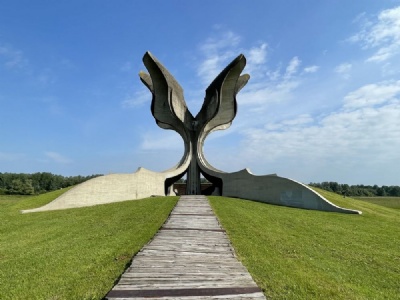
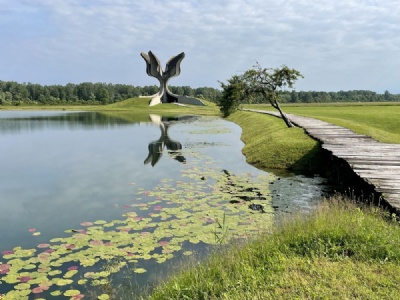

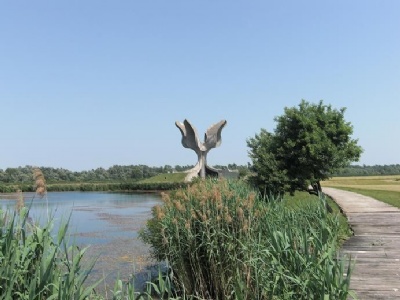
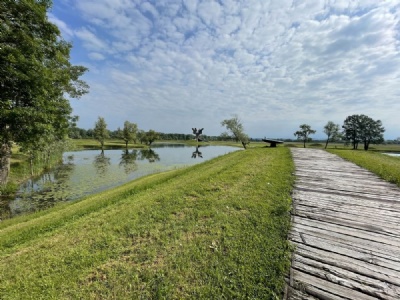

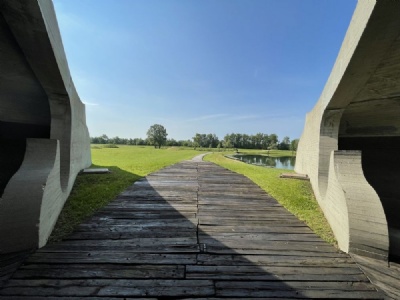
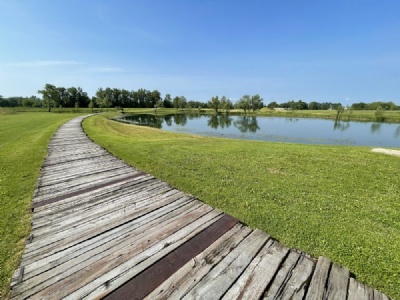
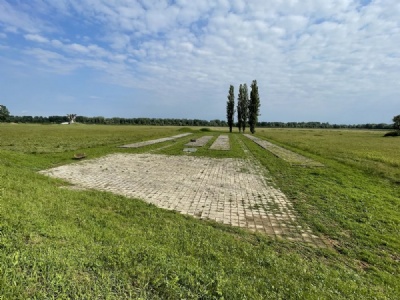
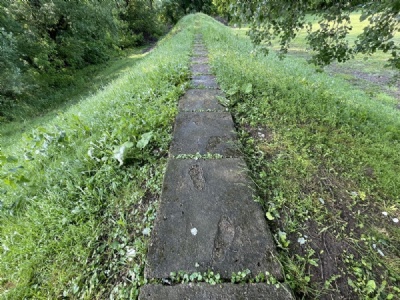
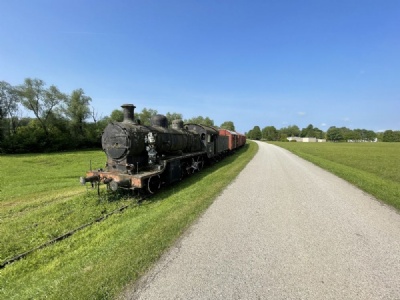
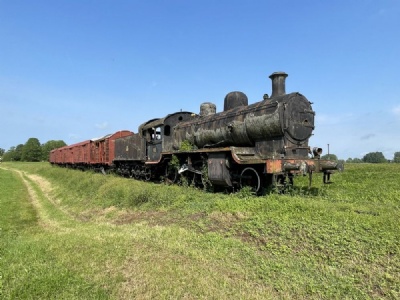

During the sixty and seventies, Tito had hundreds of monuments erected in memory of the war. They were all grandious and not selldom oversized, and many of them became a form of a shrine that people in communist Yugoslavia were expected to visit. A vast majority of the monuments established were destroyed during the civil war that raged in the early nineties and were subsequently left to their fate. However, the monument in Jasenovac did survive.
The monument in Jasenovac is perhaps one of the most famous erected in Communist Yugoslavia. It was built in 1966 and bears the shape of a flower that flourishes and is called, Stoneflower, and is supposed to symbolize that life flourished even after Jasenovac. It is located in the middle of what was the camp Jasenovac III - Brickworks and is located next to a pond and it is clearly visible from the surroundings. Around the monument there are small mounds that symbolize camp buildings and there are also mass graves east of the monument. There is also a locomotive with boxcars put on display which brought prisoners to Jasenovac. The path that prisoners had to take down to the ferry that brought them over to Donja Gradina is also marked.
There is also a small museum with a lot of information. During the civil war, the archive was brought to safety and both that and the museum escaped more serious damages and could therefore reopen in 2006. However, the museum has been criticized over the years for failing to address, or fully recognizing, Ustasha’s role during the war and underestimating the number of victims in the camp between 1941 and 1945. According to the museum, it can be confirmed that about 70,000 (mostly Serbs) were killed in the camp while the museum in Donja Gradina (on the Bosnian side) estimates the number of dead in Jasenovac, including Donja Gradina, in the range about 700,000. Indeed a significative discrepancy.